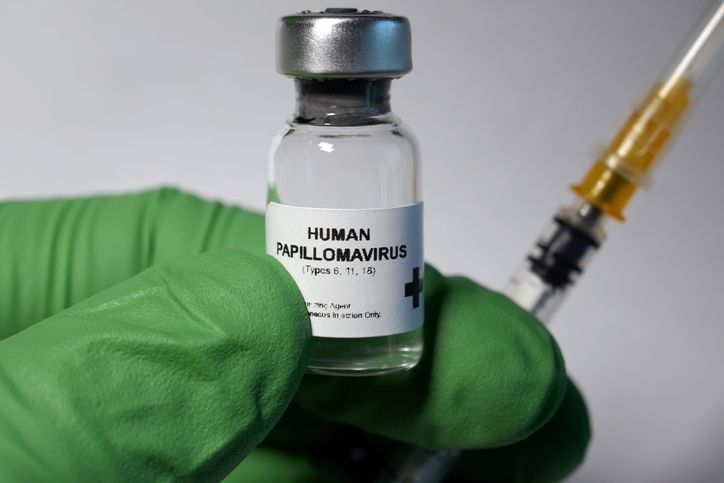Human Papillomavirus (HPV) is a virus that commonly associated with malignancy in the oral cavity. Most deaths from head and neck cancer are caused by HPV. The virus can infect the oral cavity due to the sexual behavior of male homosexuals. Based on previous studies, the prevalence of HPV in the oral cavity is more in men than women. Several health promotion efforts, such as prevention, examination, HPV vaccination, and IEC have been carried out to reduce and prevent HPV infection in the oral cavity. However, the facts in the field show that these efforts have not been able to reduce the incidence of these infections.
It inspired a team of Universitas Airlangga Surabaya to conduct research. In particular, this study aims to identify sexual behavior in communities at risk for HPV infection in the oral cavity based on age, sex, education level, occupation, HIV status, marital status, and social support. Basically, sexual education is often provided to increase knowledge, attitudes. and one’s actions in sexual behavior, whether risky or non-risky. However, sexual education is not widely given to adolescents. Then based on this study, risky sexual behavior has a high risk of developing HPV in the oral cavity.
With this research, the future research can use HPV testing to determine HPV infection in the oral cavity. And it is also expected to be the basis for creating a program to prevent HPV infection in the oral cavity and prevent its transmission.
Author: Research team
Reference: Gofur,ARP.,Bramantoro, T., Palupi, P. Identification of Sexual Behavior in Community at Risk of Oral Human Papillomavirus Infection. Sys Rev Pharm 2020; 11(6): 543 549.





